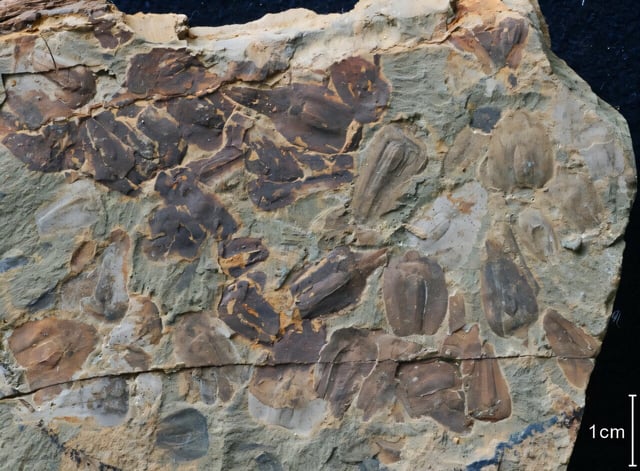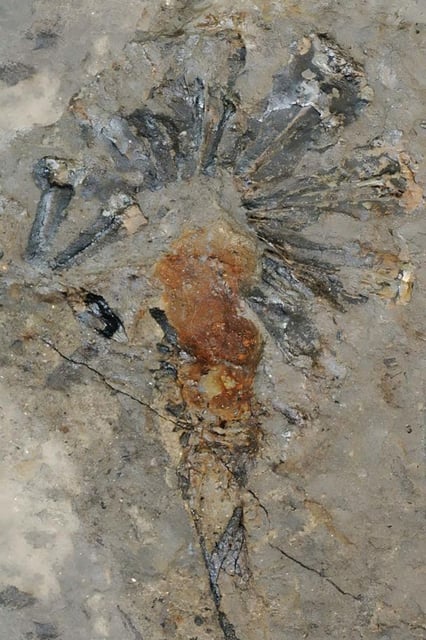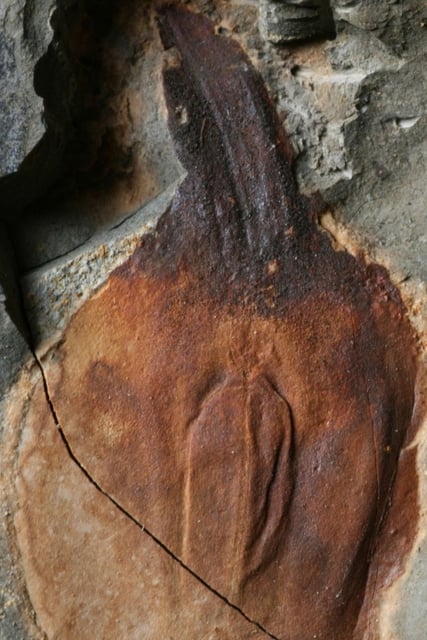Overview
- The University of Leeds and China University of Geosciences team published their findings in Nature Communications, identifying vegetation loss as the missing link in prolonged post-extinction warming.
- Researchers combined China’s extensive fossil archives with geochemical proxies and climate models to map declines in plant productivity around the Permian–Triassic boundary.
- The study confirms that the collapse of tropical forest biomass critically reduced global carbon sequestration and kept atmospheric CO2 elevated.
- Climate simulations reveal that once forests failed to recover, super-greenhouse conditions endured for about five million years even after Siberian Traps eruptions ended.
- Authors warn that a comparable die-off of modern rainforests could lock today’s climate into sustained warming despite halting CO₂ emissions.



